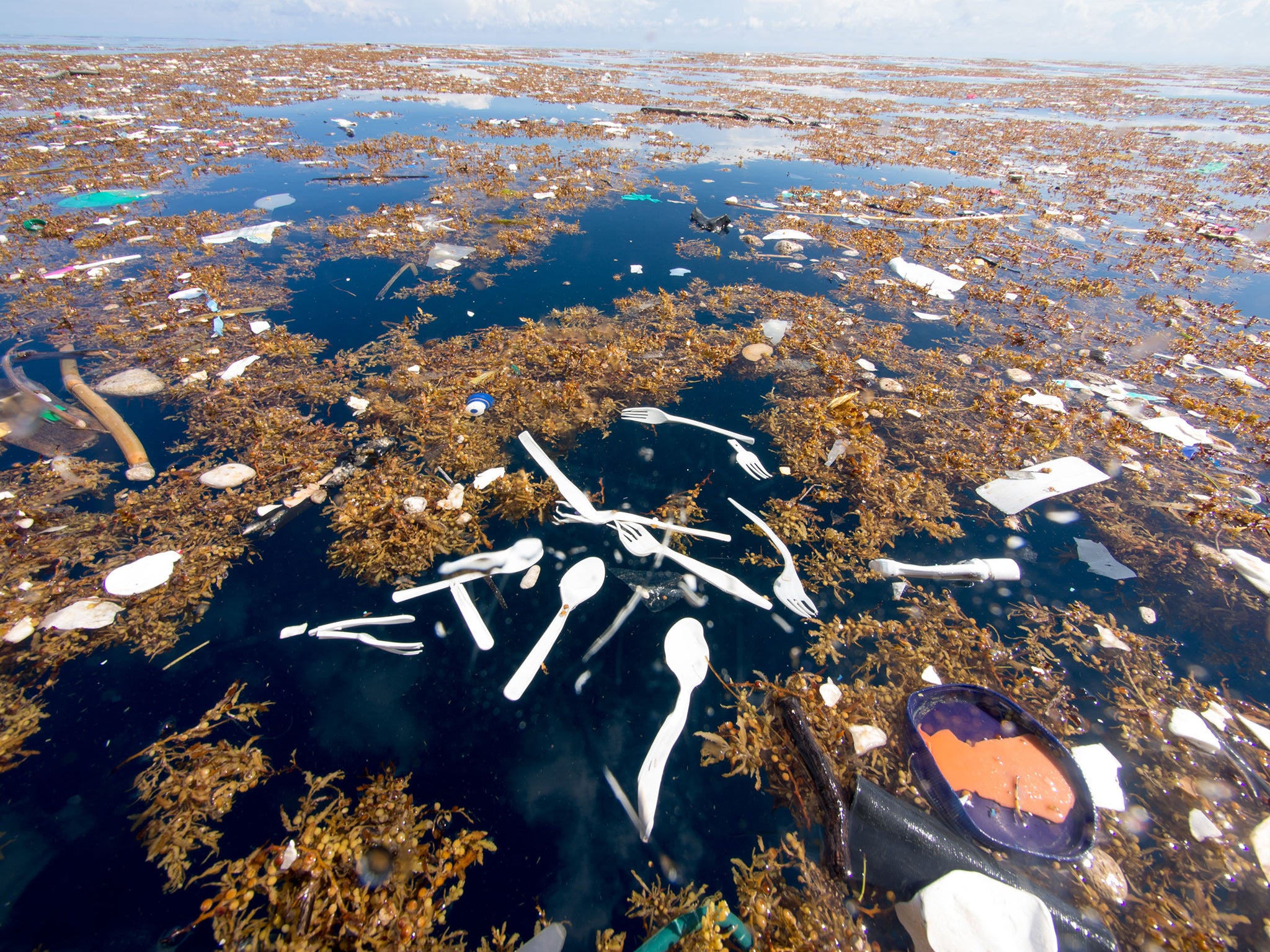https://www.independent.co.uk/environment/pollution-chemicals-hormone-disruption-whales-reproduction-gender-a8798376.html
Humans and wildlife face escalating risks from potentially harmful chemical because the production of new compounds is outstripping capacity to test their toxicity, experts warned.
The warning comes from a panel of UK experts behind a review of scientific research on the effects of hormone-disrupting chemicals leaching into ecosystems from everyday items like medicines, detergents and flame retardants.
Commonly used products are causing male fish to turn females and building up in the bodies of whales and other large predators to levels which prevent them from reproducing entirely.
With more than 140,000 chemicals approved for regular use in the EU alone these issues are often only spotted when they have caused wildlife populations to collapse.
Even seemingly harmless chemicals approved as soaps in human use can have radically different properties when they break down in the environment.
Show all 11
“On a very large proportion of chemicals in everyday use – we either know nothing about their toxicity or very little – there’s huge gaps there,” Professor John Sumpter an ecotoxicology expert from Brunel University told a briefing on Tuesday.
“The gap is getting wider because new chemicals are coming into the market, we get exposed and wildlife do, and that outstrips our ability to do toxicity testing.”
With so many chemicals on the market, testing each one and the near-infinite number of combinations in which it could be found in the environment, is already impossible.
This means scientists need to develop better systems to predict the effects of chemicals based on their molecular structure, the authors of the study published in Proceedings of the Royal Society – Biological Sciences said.
Efforts could also be focused on cleaning up existing sources of these potentially harmful chemicals such as landfills containing electrical and building waste laced with polychlorinated biphenyls (PCBs) across Europe.
These compounds can feminise fish and were banned in the 1980s, but tests in whale populations and other marine species show their levels have not declined in the same way as other banned compounds like DDT.
This suggests further clean-up efforts are needed, and another option is to treat waste water where excreted medicines like antibiotics and hormonal contraceptives can enter the water system and have particularly potent effects.
“There are a wide range of chemicals in us, that would not be in our grandparents” Prof Sumpter added.
“There’s an awful lot of chemicals in us, which on their own quite possibly are doing nothing but what about 400-500 together? We just don’t know.







沒有留言:
張貼留言